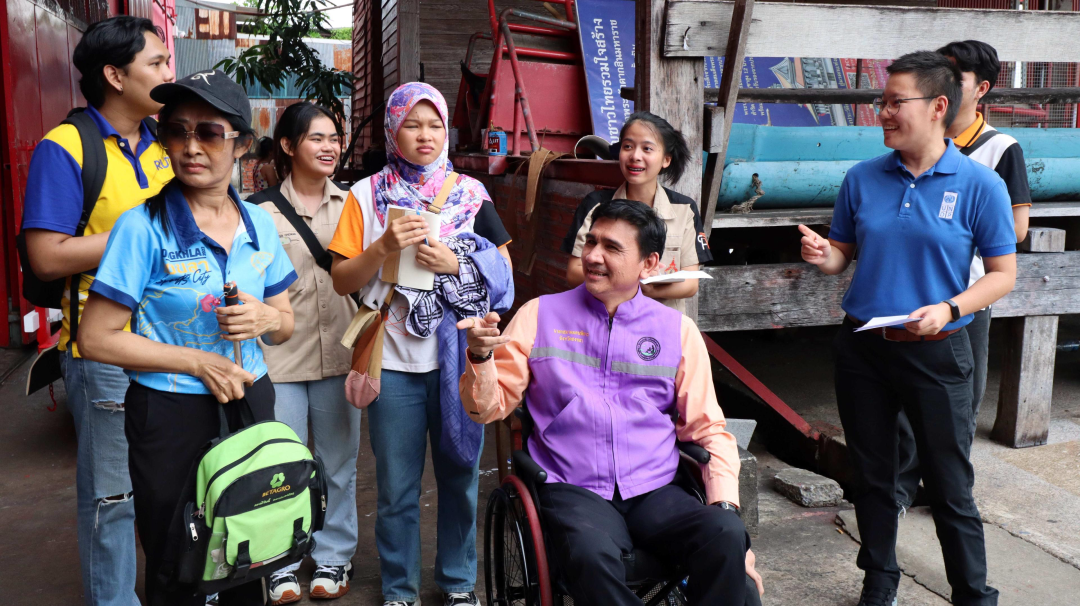Location(s)
Tags
SDG(s)
Sustainable Development Goal(s)
Powered by

Posted by Pattamon Rungchavalnont
UNDP Thailand Accelerator Lab
Innovation methods
Data sources
SDG(s)
Sustainable Development Goal(s)
 8Decent work and economic growth
8Decent work and economic growth
Please be aware that the content herein has not been peer reviewed. It consists of personal reflections, insights, and learnings of the contributor(s). It may not be exhaustive, nor does it aim to be authoritative knowledge.
What are the top key insights you generated about your learning challenge during this Action Learning Plan? (Please list a maximum of 5 key insights)
Considering the outcomes of this learning challenge, which of the following best describe the handover process? (Please select all that apply)
Our work has not yet scaled
Can you provide more detail on your handover process?
Please paste any link(s) to blog(s) or publication(s) that articulate the learnings on your frontier challenge.
Relating to your types of data, why did you chose these? What gaps in available data were these addressing?
Why was it necessary to apply the above innovation method on your frontier challenge? How did these help you to unpack the system?
Please indicate what partners you have actually worked with for this learning challenge.
Please state the name of the partner:
What sector does your partner belong to?
Government (&related)
Please provide a brief description of the partnership.
Is this a new and unusual partner for UNDP?
No
Please indicate what partners you have actually worked with for this learning challenge.
Please state the name of the partner:
What sector does your partner belong to?
Academia
Please provide a brief description of the partnership.
Is this a new and unusual partner for UNDP?
Yes
Please indicate what partners you have actually worked with for this learning challenge.
Please state the name of the partner:
What sector does your partner belong to?
Bonus question: How did the interplay of innovation methods, new forms of data and unusual partners enable you to learn & generate insights, that otherwise you would have not been able to achieve?
Please upload any further supporting evidence / documents / data you have produced on your frontier challenge that showcase your learnings.

The closing form saves automatically or via the blue "save changes" button the top left. Thank you
Civil Society
Please provide a brief description of the partnership.
Is this a new and unusual partner for UNDP?
No
 10Reduced innequalities
10Reduced innequalities 11Sustainable cities and communities
11Sustainable cities and communities
Comments
Log in to add a comment or reply.